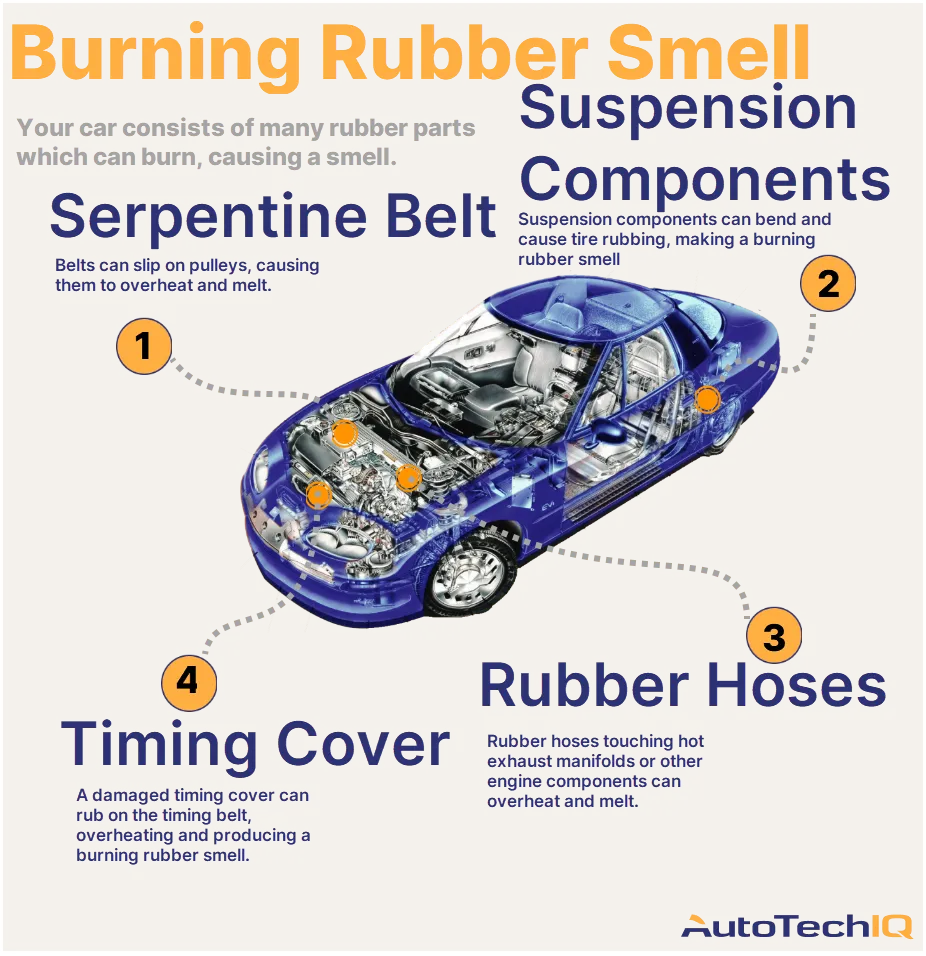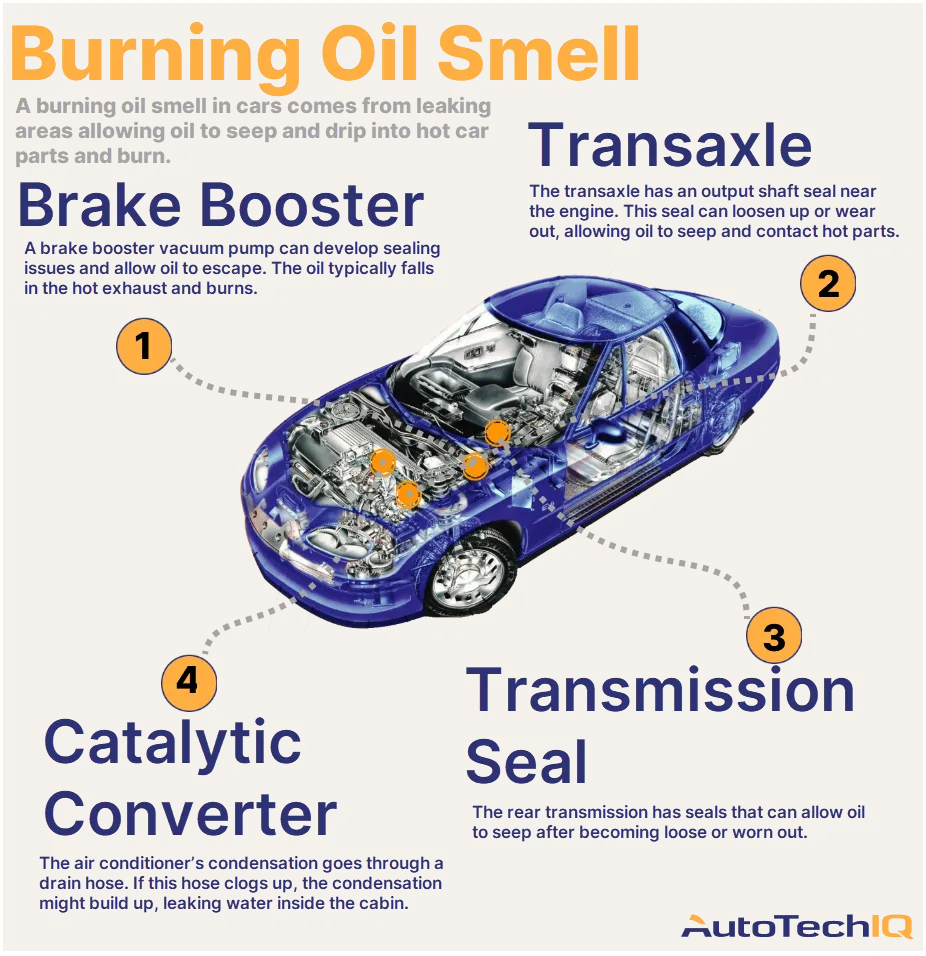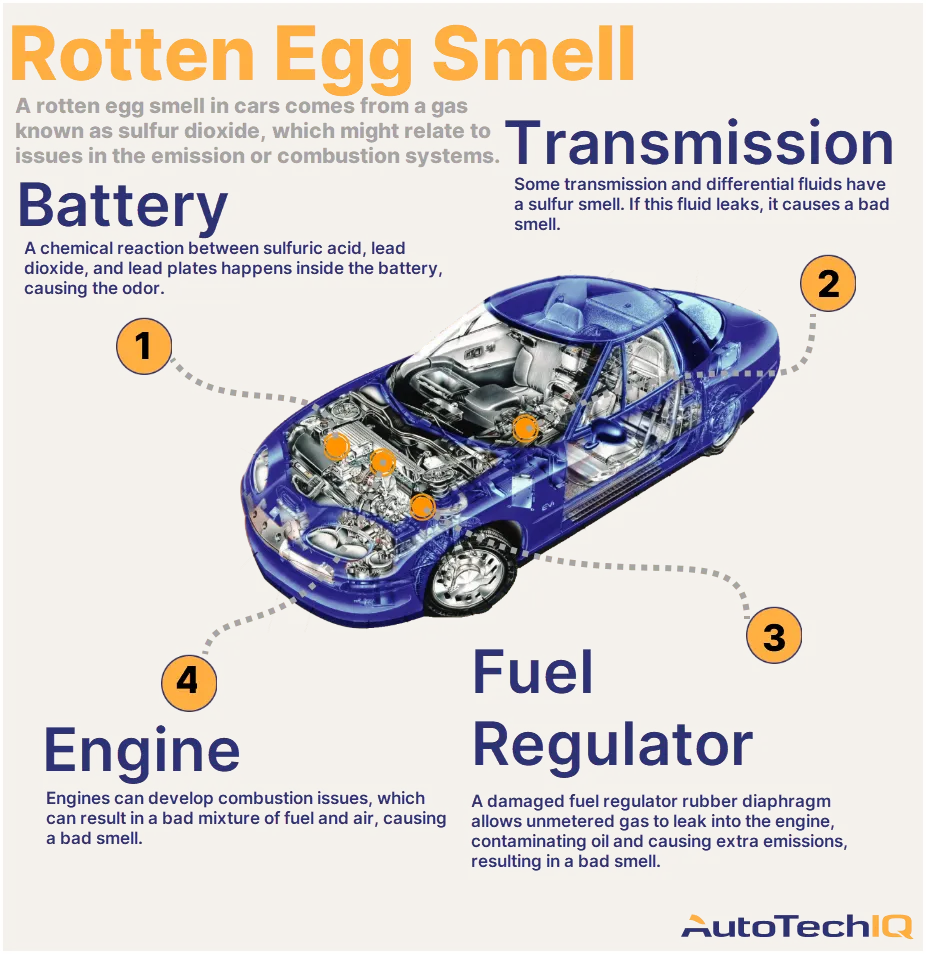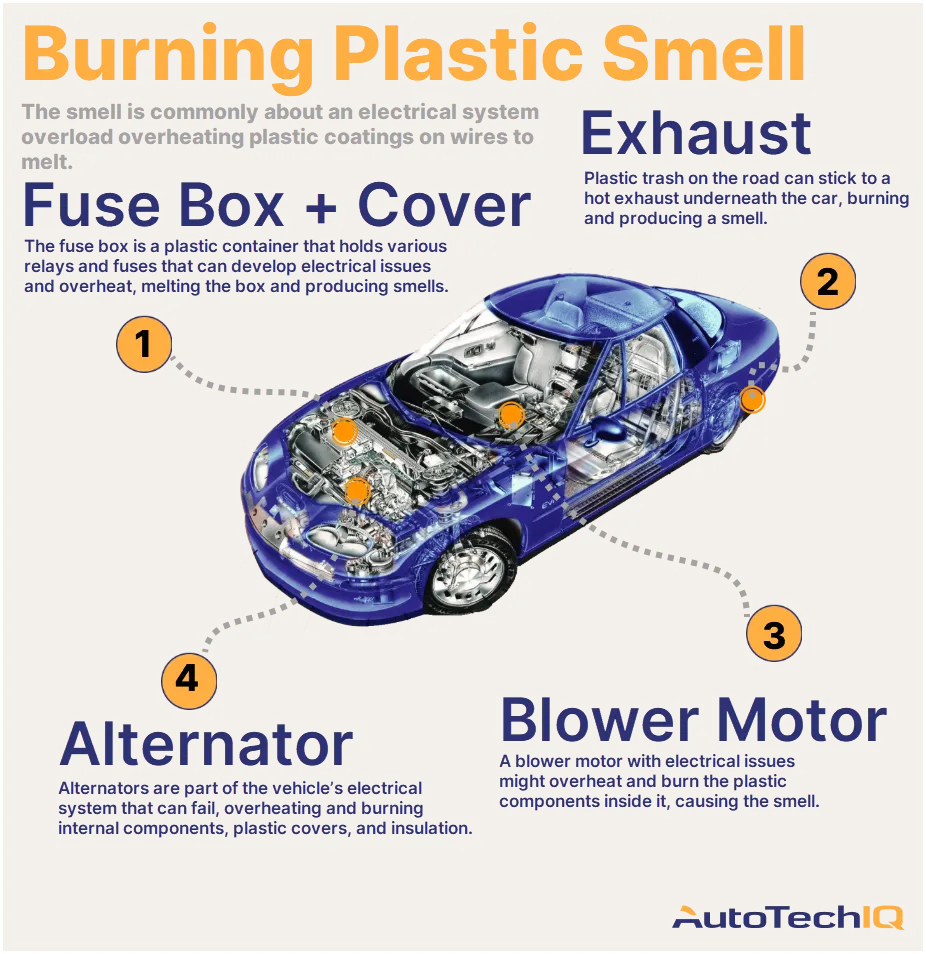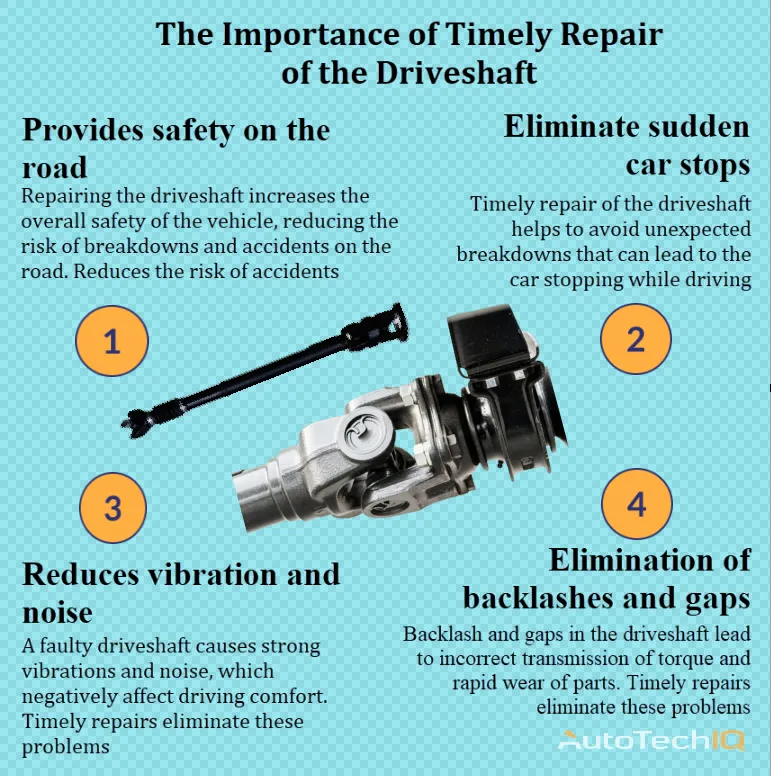
Timely repair of the driveshaft solves a number of important problems and prevents potential vehicle malfunctions. The main problems that timely replacement of the driveshaft solves:
- Reduced Repair Costs: Failure to repair a driveshaft will result in damage to other driveline and suspension components, requiring more costly and time-consuming repairs. Timely maintenance helps minimize these costs.
- Maintaining stability and control of the vehicle: The driveshaft plays a key role in transmitting torque from the engine to the wheels. If it is faulty, it results in loss of control of the vehicle. Regular repairs ensure stability and safety of control.
- Improved ride quality: A driveshaft in good condition ensures a smooth ride, which is especially important on rough roads. Regular maintenance and repair of the driveshaft reduces vibration and ensures a comfortable ride.
- Ensures stable operation of the transmission: Timely maintenance and repair of the driveshaft contributes to the stable and efficient operation of the entire transmission system, which, in turn, has a positive effect on handling and ride comfort. Keeping the shaft in good condition also reduces wear on other driveline and suspension components, extending their life.
Timely repair of the driveshaft not only extends the life of the car, but also significantly improves its performance, making travel safer and more comfortable.


